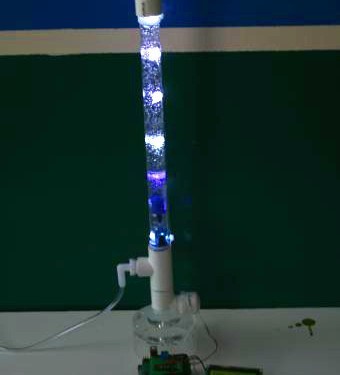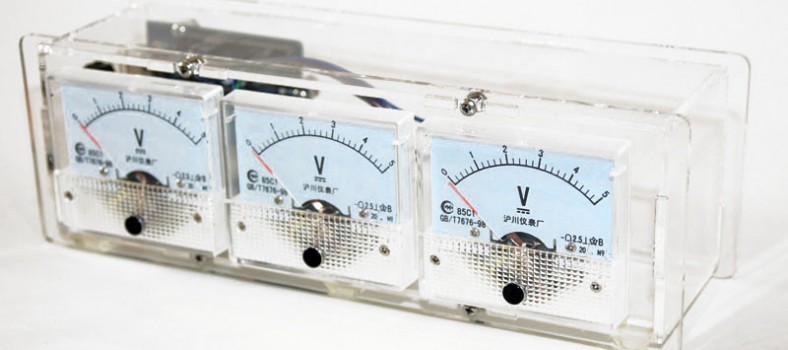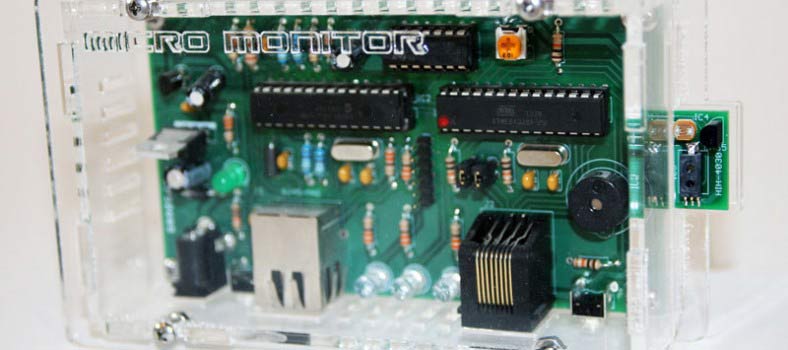Arduino Strobe Algae
Overview:
For some time I have been experimenting with algae and it has become a bit of a passion of mine. Enough of a passion in fact that I have built a sister site to InventGeek.com called AlgaeGeek.com where I have more of a focus on reactor designs that I make public domain. This has proven to be a very rewarding interest and I have had the good fourton to work with countless people and academic groups worldwide in a collaborative effort to explore the powers of algae. Ironically though the most common question is why are you growing algae? There are a few reasons for this and they range from Biofules to CO2 Sequestering and even hydrogen production.
I have a fond place in my heart for the arduino platform and I have found it to be very valuable in many large and small scale interactive projects I have done. So it was a natural evolution of thought to merge my interest in algae and arduino. The arduino allows for a broad amount of experimentation and automation for reactor features. There is a lot of exploration in growing algae and tricking it into reproducing faster to produce higher yields and this project facilitates some methods for experimenting.
This project is an easy to use platform for one technique that is broadly being used with to trick the algae into reproducing. Each algae species reacts differently in many ways to its environment and a light frequency that affects one algae may have no effect at all on another. So I have created an easy to build microcontroller platform that can be variably set and allows for easy configuration to any bioreactor. The LEDS can be swapped out to experiment with different colors and even UV for some hydrogen producing species. The platform is flexible enough to add other features like relay control for lighting, pumps, agitation and cooling and heating. While you may not be an algae fan like I am there is tremendous potential in this simple organism and inventgeek applauds researchers worldwide in their efforts and research.

The Source PDE can be downloaded here.

Bioreactor:
This project can be used with nearly any algae bioreactor and can augment simple solar applications. We used a miniature version of the algaegeek.com modular bioreactor design for this project. Plans can be found here. For those just starting experimenting, a clear 2 liter bottle will work well also and allows for easy gas collection.

Arduino:
The arduino is an excellent platform to start learning microcontroller applications. For our project we will be using a fraction of the capability of the arduino, but its ease of use, support, community and low cost make it perfect to develop more complex features and monitoring systems with ease.

LED’s:
For this project we will be using standard high brightness 5mm leds. It is worth mentioning that there is a world of experimentation out there for mixing colors and even UV to produce different results.

Acrylic Sheet:
For the main body of the LED mount we are using a .250 acrylic sheet. I like how easy acrylic is to work with, its appearance and the fact it is clear helps with light transmission, though mirrored works well also.

Assorted Bits:
Other components we will use for this project: 1-arduino proto shield with mini bread board, 1 serial LCD, 1 wire connector, 1 tip120 Darlington transistor, 3 micro push buttons, 3-10ohm resistors and finally some good jumper wires.

Step one for this project assembly is to measure your reactor and cut an appropriate length of acrylic to mount the LED’s to. Drill holes in the acrylic and mount the LED’s using an adhesive, I prefer hot glue. One tip to watch for is to make sure you keep the cathodes all on the same side.

Next we will solder all the leds together in parallel and attach a lead to the last set of leds.

Here we have a close up view of the controller with a test led mounted in the wire clip. We used an adafruit protoshield here and I recommend them highly

Here we have the lcd mounted just so things are clear for you.

Finally we connect power, load our program and connect it to our led bar. The source for this project can be found on the first page of this article. I don’t profess to be an amazing coder, but it gets the job done.

Here we have the project running. Our pump is connected on the left and our algae bioreactor is bubbling away. Yeah a picture is hard to show what’s going on so look below for the video.

A little closer view with better lighting to demonstrate. This is a small reactor that we use for experimental cultures, but this setup works well for it.

Now… the prototype works. This is our next version and expansion of features. We are using an arduino mini pro here with a custom board. We will be using this to monitor temperature and even culture density by passing an IR beam through it and measuring it on the other side. I’m the future we plan on automating harvesting and maintenance with this simple platform.

And the final prototype board for our algae bioreactor controller. If you are interested in a kit let us know and we will contact you when our first batch is ready.
Here is our video overview for the project.
So… what do you think of this article? All InventGeek projects are funded out of pocket and we do our best to freely share what we have learned so you can do your own experiments and build on our work. This can sometime be a costly venture for us; this is why we ask for donations to help InventGeek grow. We ask only that you help and support our efforts.






2 Comments
Hi
I am a research teacher and my students really want to build this. The link for the plans does not work above where can I get plans from?
What link to what plans? do you mean the arduino source code?